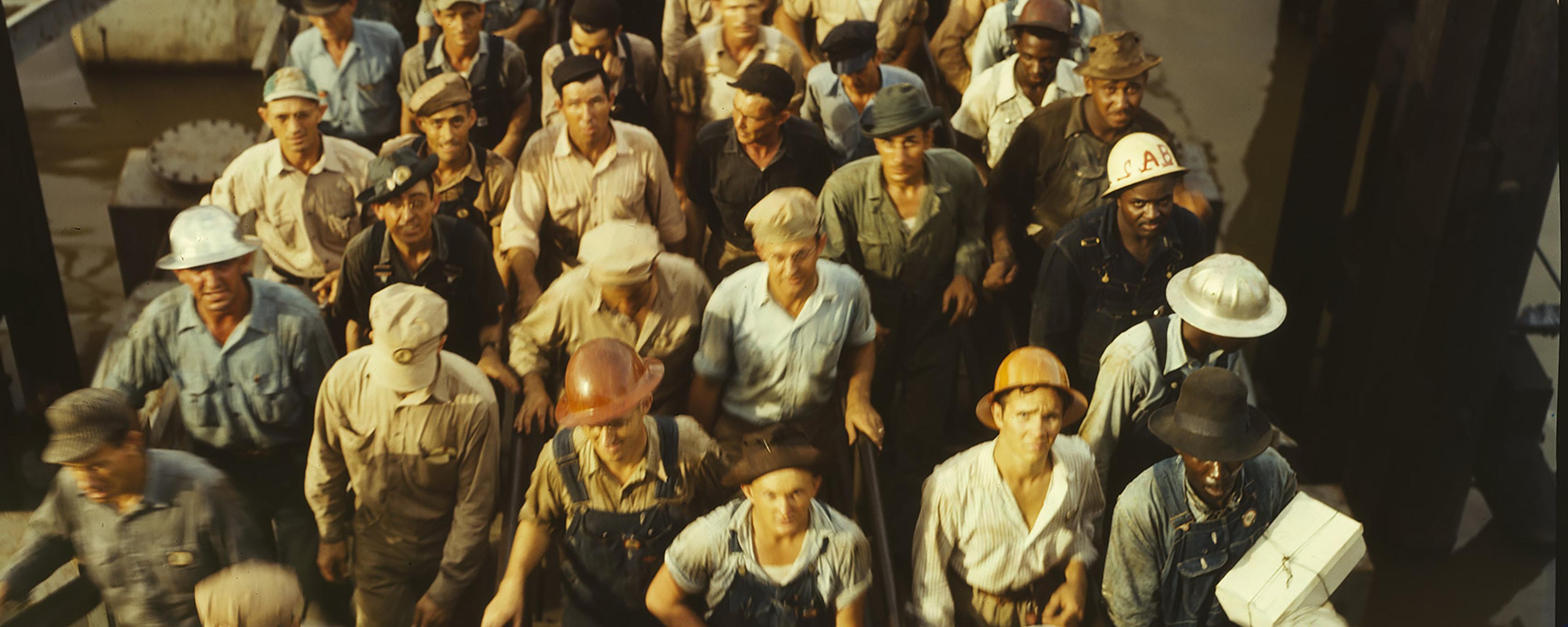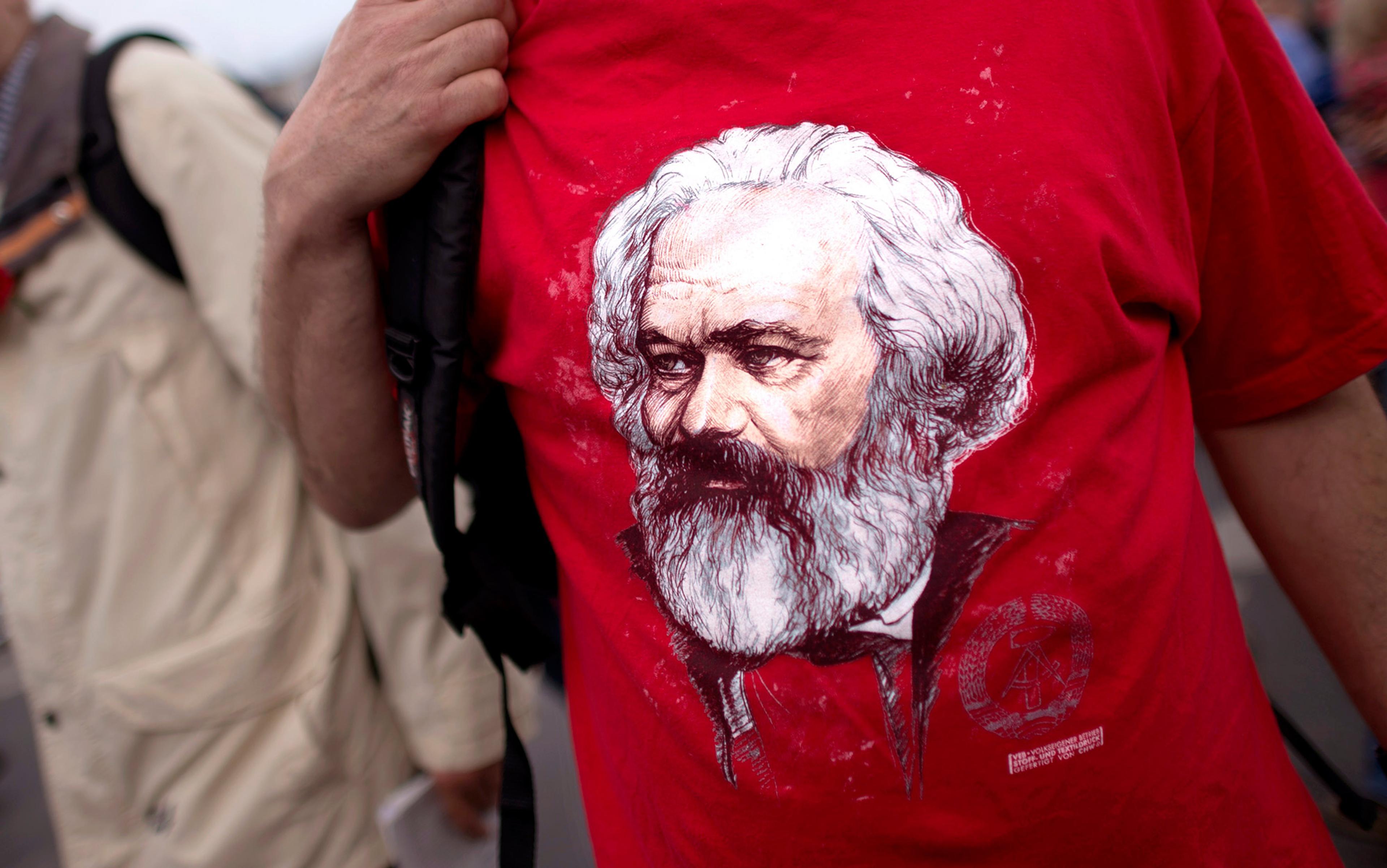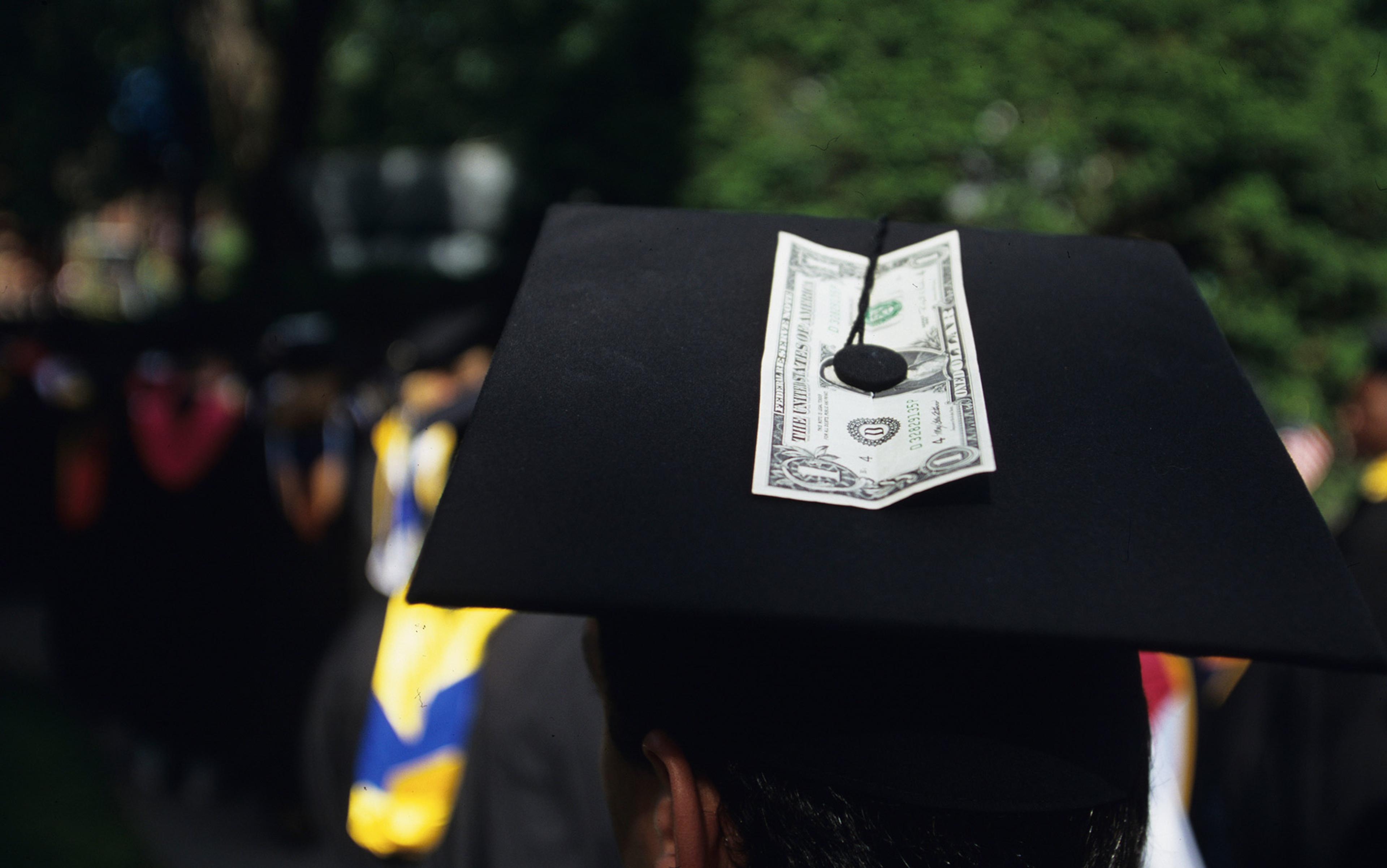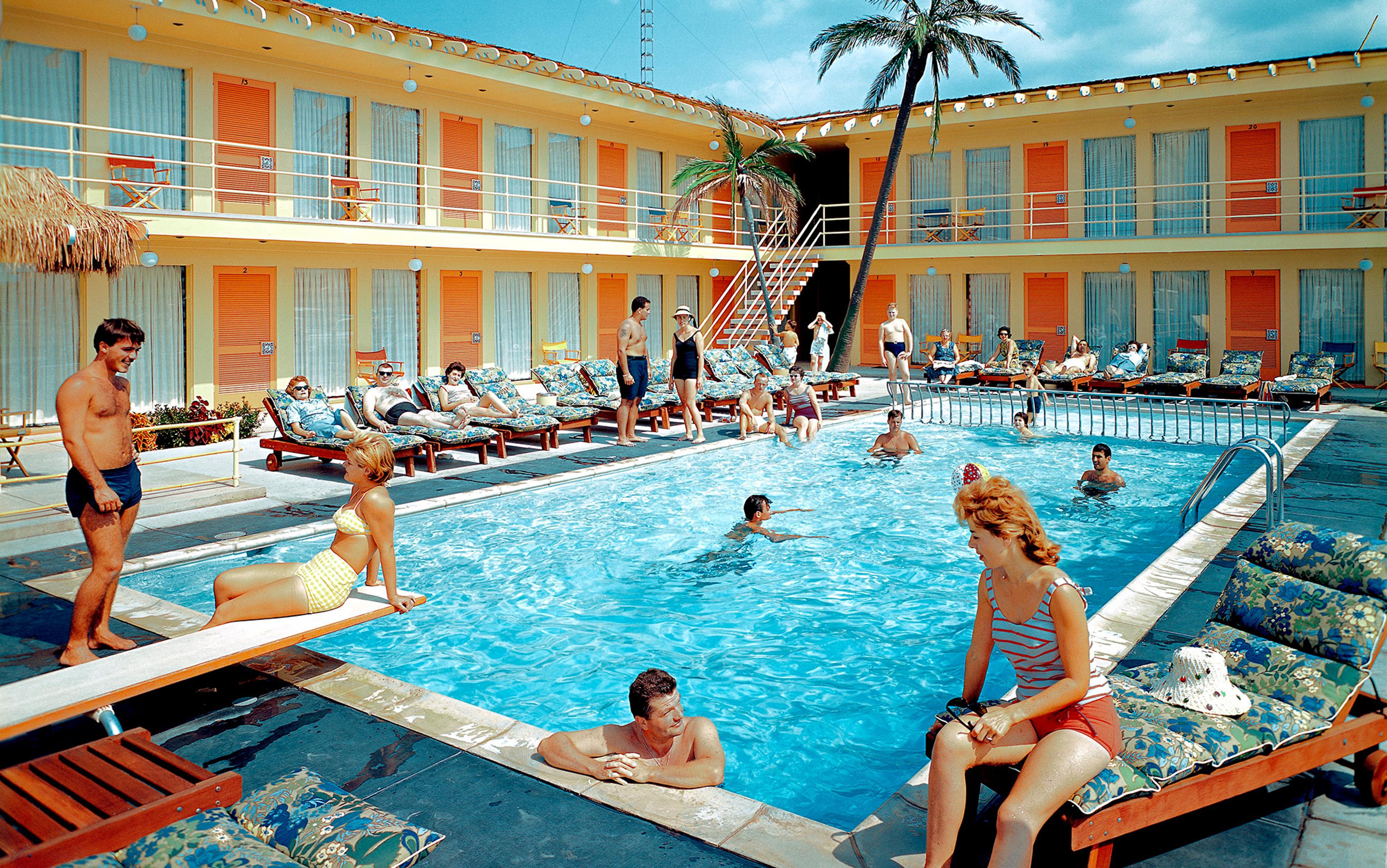Chicago, 1960. The United States is bogged down in a long, expensive and dangerous Cold War with the Soviet Union. Inside the Economics Building at the University of Chicago, two academics are engaged in a private, intense conversation. Theodore ‘Teddy’ Schultz is tall and lanky. Raised on a South Dakota farm and pulled out of school by his father, he’d still managed to scale the heady heights of academia, first as chairman of the Economics Department in 1944 and then as president of the American Economic Association in 1960. Schultz has strong connections with the Ford Foundation, an important front for CIA programmes during the Cold War.
His younger sparring partner is Milton Friedman who in 1946 joined what became known as the ‘Chicago school’. Although Friedman was of diminutive stature, measuring only 1.52 metres tall, he already enjoyed a fierce reputation as a verbal opponent. Friedman will flirt with the CIA in due course too, training Chilean economists in the art of neoliberal ‘shock therapy’. His know-how came in handy after the US-sponsored overthrow/death of Chile’s Marxist president Salvador Allende in 1973. Richard Nixon said he wanted to hear the Chilean economy scream.
As the two men faced each other in that dark, oak-panelled office, they had a big problem on their hands. University economists were being recast in a new light by US state authorities; no longer bumbling professors (sporting a pipe and tweed jacket) but the creators of ideational weapons, just as important as the intercontinental ballistic missiles being readied at Vandenberg airbase in California. Members of the Chicago school were confident they could make a significant contribution in the struggle.
But how exactly?
Schultz shifts nervously in his leather-bound chair. Economic growth has to be the answer, he avers. Friedman nods in agreement, but quietly frowns as Schultz makes his case. In Moscow, Nikita Khrushchev has just announced that ‘growth of industrial and agricultural production is the battering ram with which we shall smash the capitalist system’. This brazen provocation caused a stir when it was read to the US Joint Economic Committee of Congress in 1959.
Friedman is stony silent – a rarity that Schultz seizes upon to extend his point. There’s a very pragmatic aspect to his plan, too. Not only is growth a ‘hot topic’ following the Khrushchev speech, but a number of powerful technocrats in the US government are increasingly sympathetic to Schultz’s views, especially the Council of Economic Advisers. They’ve been instructed by the Oval Office to devise a growth strategy that will eclipse the USSR and leave it for dead.
Although Schultz holds staunch neoclassical assumptions about growth and development, he learnt from his earlier studies of agricultural productivity that increased public spending on education was absolutely vital to the nation’s growth agenda. It will not only give the US a scientific edge in the space race but also enrich the country’s wider skill reserves, making it more productive and thus beating the Soviets at their own ‘growth game’.
Friedman abruptly interjects. Yes, he intones, the question of economic growth is vital. But public spending is not the way forward. It’s easy to picture Friedman browbeating his weary chairman once again about the evils of ‘big government’ and central planning. The Soviet enemy instead needs to be confronted on strictly US terms, where individual freedom and capitalist enterprise come to the fore. Government is the problem, not the solution. Friedman’s ideal hero is the self-made entrepreneur. He often cited a joke from the vaudeville humourist Will Rogers to cut down his government-friendly critics: just be thankful you don’t get the government you actually pay for!
Here, Friedman is echoing the views of the Austrian free-market zealot F A Hayek, who had joined the University of Chicago in 1950. While exiled in London back in the 1940s, Hayek had written the rabid anti-communist tract, The Road to Serfdom. A condensed version was published by Reader’s Digest and made its author famous. Hayek’s near-fanatical belief in capitalist individualism and all things anti-USSR undoubtedly swayed the terms of the debate that Schultz and Friedman were presently having.
The two academics pause to gather their thoughts. Then the concept of human capital is broached. Possibly by Schultz since it might help to find some common ground with his tiny counterpart. Unfortunately, it proved to be the older academic’s undoing in the debate.
In essence, the idea of human capital wasn’t new. Adam Smith had pointed out long before how the skills and abilities acquired by workers (eg, training, education, etc) can add economic value to an enterprise. But Schultz had only recently become intrigued by the idea. He actively encouraged new faculty and PhD students to build a more robust and formalistic theory of human capital. Legend has it that Schultz suddenly grasped its importance after visiting an impoverished farm. He asked the threadbare owners why they were so content. Because they’d managed to send their children to school, they replied. It would guarantee a secure income for the family long into the future.
Friedman too was fascinated by the notion of human capital, but from a different angle. Some junior colleagues – including Gary Becker, Friedman’s doctoral student who would make his name in this branch of economics – had made some major breakthroughs. One in particular caught Friedman’s eye. Unlike money or equipment, this type of capital cannot conceptually be separated from the individual who owns it. It’s intrinsically part of him. And by extension, someone’s human capital cannot be owned by anyone else since that would be slavery. Therefore, who exactly ought to have the responsibility of investing in it or the enjoyment of its benefits? We gain an inkling of where Friedman stood on the issue from an early paper of Becker’s, in which he showed why it’s irrational for a firm to fund employee training schemes since that same investment might one day literally walk out the door and join a rival.
Friedman probably agreed with Schultz that human capital theory was the ideational weapon they’d been searching for to counter the Soviet threat on the economic front. The very phrase implied that human beings’ interests naturally coincide with the values of capitalism. But therein lay the tension between the two economists. Schultz’s rendition of human capital theory – with all its talk of public spending programmes and central planning – threatened to dilute this image of the independent, self-reliant pseudo-capitalist that everyone was assumed to be.
It appears that the force of Friedman’s argument hit a nerve. We see clear signs of it in Schultz’s inaugural presidential speech to the American Economic Association in December 1960. As expected, he stressed the importance of national investment in human capital and its correlation with economic growth. Towards the end of the talk, Schultz mentions that a colleague has asked for clarification on a crucial detail: ‘Should the returns from public investment in human capital accrue to the individuals in whom it is made?’
Schultz wants to reply ‘yes’. He believes that governmental investment in people’s skills is essential and ought to be managed as a public good. Those skills might be utilised as a private advantage by individuals, like a state-funded tertiary education being used to increase a person’s income over his lifetime. But the investment will ultimately have wider positive effects or ‘externalities’ on the economy in its turn. However, Schultz begins to hesitate on this point. He seems to recognise that the intellectual ground has shifted and soon seems a bit confused:
The policy issues implicit in this question run deep and are full of perplexities pertaining to both resource allocation and to welfare. Physical capital that is formed by public investment is not transferred as a rule to particular individuals as a gift. It would greatly simplify the allocative processes if public investment in human capital were placed on the same footing.
We learn in a footnote to the published version of the address who the bothersome colleague was. Friedman, of course.
Friedman cheerfully summed up human capital theory in a pithy catchphrase: there is no such thing as a free lunch
The answer Friedman received from Schultz is understandably ambivalent, with two possible conclusions. First, returns on human capital derived from public investment (eg, taxes) ought to remain in public hands. The problem here is that this would be socialism. And besides, we’ve already learnt that the individual cannot be separated from his human capital. So that leaves only the second conclusion. If the returns on human capital derived from public investment (eg, taxes) aren’t a ‘gift’ to the individual benefactor, then he or she should bear some or all of the investment costs. In short, this is no handout.
The Schultz camp was fighting a losing battle. The government’s attempts to apply his ideas and dramatically increase federal education spending were shot down in 1961 and 1963. Detractors construed it as creeping welfare or worse.
More importantly, Friedman’s decisive encounter with Schultz still reverberates today, and not in a good way. For example, one can trace a red thread from his 1960 victory concerning who’s exactly responsible for human capital investment, and the student debt catastrophe unfolding presently in the US, UK and many other countries that embraced neoliberalism a little too uncritically. Want a university degree and to get ahead in life but can’t afford it? Then here’s a student loan to tide you over, with terms and conditions that will hound you to the grave. The underlying message of human capital theory turns out to be simple, and Friedman cheerfully summed it up in a pithy catchphrase during the 1970s: there is no such thing as a free lunch.
Friedman had discovered in human capital theory more than just a means for boosting economic growth. The very way it conceptualised human beings was an ideological weapon too, especially when it came to counteracting the labour-centric discourse of communism, both outside and inside the US. For doesn’t human capital theory provide the ultimate conservative retort to the Marxist slogan that workers should seize the means of production? If each person is already his own means of production, then the presumed conflict at the heart of the capitalist labour process logically dissolves. Schultz too was starting to see the light, and agreed that workers might actually be de facto capitalists: ‘labourers have become capitalists not from the diffusion of the ownership of corporation stocks, as folk law would have it, but from the acquisition of knowledge and skill that have economic value.’
One can only guess what the Soviet Union made of all this. Human capital theory was literally ‘disappearing’ workers from the dominant narrative concerning what made capitalism tick. It was an ingenious ploy for spreading pro-capitalist sympathies throughout the US, particularly among the working classes who were starting to suspect that their current employer might be the real enemy. Now capitalists were speaking a different language: ‘How can you be against us? In fact, you’re one of us!’
With the elections of Margaret Thatcher and Ronald Reagan, human capital theory found hospitable political environments in the Anglo world. What followed in the UK, the US and other countries could best be described as a massive decollectivisation movement. Society no longer existed. Only individuals and their families did. Hayek in particular was a major revelation for the Iron Lady, who endlessly praised him.
the story of human capital theory in Western economies has been about divesting in people
In this new vision of the economy, workers can’t be seen as a specific class with shared interests. They didn’t even belong to a company … too communal. For sure, perhaps they weren’t even workers! Homo economicus qua human capital was instead somehow external to the firm, pursuing his interests alone and investing in his abilities to leverage the best deal. This ‘free-agent nation’ fantasy often bordered on the uncanny. Airport pop-management books from the 1980s and ’90s are hilarious for this reason. According to Charles Handy’s The Age of Paradox (1994), for example: ‘Karl Marx would be amused. He longed for the day when the workers would own the means of production. Now they do.’ Peter Drucker even felt comfortable announcing the arrival of the ‘post-capitalist society’, labelling the US the most socialist country around because all workers owned some capital after all.
What isn’t a joking matter, however, is the brave new world of work that has followed in the wake of neoclassical ideas such as human capital theory. Only when the employee is framed in such an ultra-individualist manner could the regressive trend of on-demand (or ‘zero-hours’) employment contracts ever gain a foothold in the economy. What some have called the Uberisation of the workforce functions by reclassifying workers as independent business owners, thereby shifting all employment costs to the employee: training, uniforms, vehicles and almost everything else.
Back in the 1960s, Friedman envisaged a society in which we’d all be wealthy, thriving entrepreneurs. What we got in reality was a pay cut, reduced holiday or sick leave, a chronic skills deficit, credit-card debt and endless hours of pointless work. If anything, the story of human capital theory in Western economies has been about divesting in people, not the opposite.
That’s because it was born within an extreme period in 20th-century history, when many believed that the fate of humanity was hanging in the balance. It should therefore be approached as such, a rather eccentric and largely unrealistic relic of the Cold War. Only in that highly unusual milieu could mavericks such as Hayek and Friedman ever be taken seriously and listened to. In the face of communist collectivism, the Chicago school developed a diametrically opposed account of society, one populated by capsule-like individuals who automatically shun all forms of social cohesion that isn’t transactional. These loners are driven only by the ethos of self-serving competitiveness. Blindly attached to money. Insecure and paranoid. No wonder we’re so unwell today.






